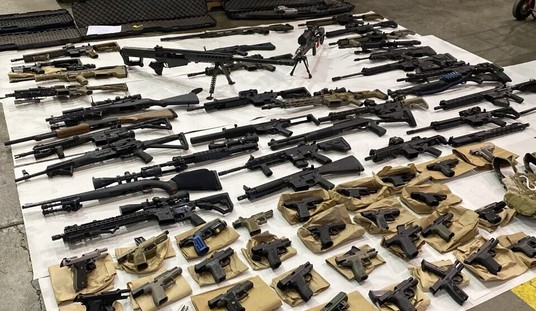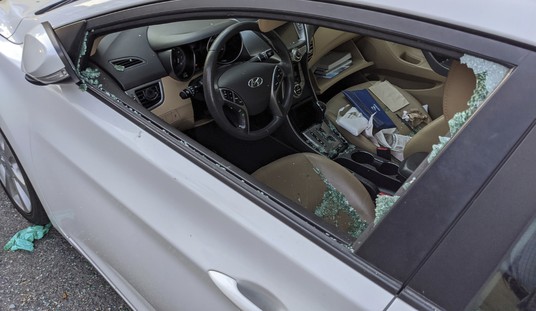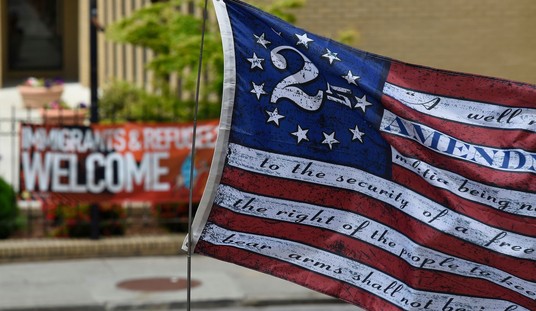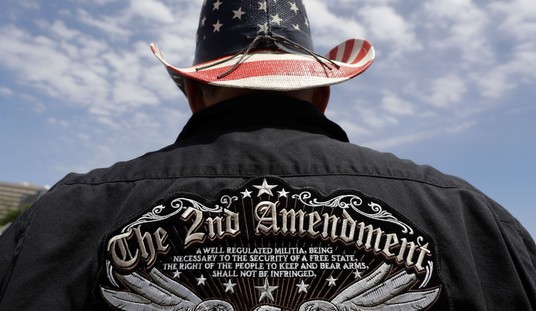Albuquerque City Council members approved $75,000 in funding for a local gun “buyback” program this week, becoming the latest city to spend funds on purchasing unwanted firearms in order to destroy them.
“We continue to encourage gun owners to keep their firearms secured and to safely dispose of any unwanted firearms,” Mayor Tim Keller, a Democrat, said in a statement. “Gun violence is one of our biggest challenges and easy access to stolen guns isn’t helping.”
According to the city, more than 700 firearms were stolen from vehicles or during auto thefts and another 500 were stolen during residential burglaries in Albuquerque in 2018.
Sounds to me like the city needs to crack down on car and home burglaries instead of pay money for guns that aren’t being used in crimes, but the mayor and city council members are choosing a soundbite solution over strategies that could effectively lower the crime rate.
A number of other cities across the country are adopting “buybacks,” which is misnomer since it wasn’t the city that sold the gun in the first place. I prefer the term “compensated confiscation,” but whatever you want to call it, programs like the one in Albuquerque are becoming more and more common. From Alexandria, Louisiana:
Saturday afternoon 147 guns were turned in at the Old Fire Station No. 2 on Broadway Ave. which includes 39 handguns and 108 rifles/shotguns.
Alexandria Police Department officials and officers from Louisiana State Police in conjunction with the Safe Alex program assisted in exchanging guns for cash.
Those who brought handguns were given $50 and $100 dollars were given for rifles, no questions asked.
And in Hamden, Connecticut, officials there are celebrating after the first compensated confiscation program resulted in more than 100 firearms being turned in.
Of the 149 weapons, three were assault rifles, three were derringer-style pistols, 71 were rifles or shotguns and 72 were pistols or revolvers, officials said. “Several hundred rounds” of ammunition were also turned in, as well as 14 BB and pellet guns, as well as a sword.
“The gun buyback was held in the spirit of public safety and prevention to make our homes and community safer. The buyback provided an opportunity for people to anonymously and safely dispose of unwanted and unsecured guns in exchange for gift cards,” officials said in the release. “The goal was to prevent guns from falling into the wrong hands, such as those of curious children, people suffering from a suicidal episode, those suffering from dementia, perpetrators of domestic partner intimidation and violence, and also being targeted for theft and ending up in the hands of criminals. The gun buyback reduced the risk of these scenarios happening.”
Did it really though? There’s no evidence at all that “buyback” programs reduce violent crime, accidents involving firearms, or firearm-related suicides. In fact, a few decades ago cities were moving away from these types of programs specifically because of their ineffectiveness at actually doing anything beyond giving politicians a chance to say they’re doing “something.” Gun control advocates, though, have been pushing for cities to revive buyback programs, as Governing.com reported in 2013.
tudies in Seattle and Sacramento in 1994 and 1998 suggested that the type of people selling their firearms — relatively few young men, for instance — didn’t resemble the general gun-owning population and weren’t likely to commit gun crimes. In Seattle, there appeared to be no statistically significant change in gun-related homicides after its gun buyback. A 2002 study in Milwaukee found that handguns sold back to local police didn’t fit the profile of handguns used in homicides. Buybacks, the studies seemed to say, don’t work.
But it may be time for a reassessment. Garen Wintemute, an author of the studies in Milwaukee and Sacramento and the director of an injury-prevention center at the University of California, Davis, now says these programs deserve a re-examination.
In the past, police would often accept any gun, even ones that no longer worked. Now many local programs tailor the rules to attract targeted guns. For example, a December buyback in Camden County, N.J., paid residents on a sliding scale from $50 for a gun that couldn’t fire to $250 for a high-powered weapon. Police set a state buyback record, collecting 1,137 guns, including five automatic assault weapons.
The number of firearms already in circulation in the United States — an estimated 300 million — dwarfs even the most successful public buyback figures. Nonetheless, Wintemute says he regrets that he and his peers wrote off buybacks a decade ago. “They have intangible value that we have really been underestimating,” he says. “They never will reduce rates of violent crime, but that may have been the wrong parameter to look at.”
So, gun “buybacks” still don’t have any tangible benefits, but Wintemute says there are intangible positives brought about by these compensated confiscation events, so they’re still worth it. What kind of intangible benefit is he talking about? Primarily it’s that they promote the broader de-normalization of gun ownership. If anti-gun politicians like gun “buybacks” because it allows them to say they’re doing something, gun control advocates like the events because it promotes the idea that gun ownership is bad. In essence, it’s a giant anti-gun advertising campaign that happens to collect a few old and broken firearms at the same time.
The only reason anyone could think compensated confiscation events are valuable is if they’re trying to reduce the number of legal gun owners, but I’m not convinced that these programs actually are effective at doing that either. After all, it’s not uncommon for gun owners to use compensated confiscation events as a way to dispose of old, junk guns and get a few bucks that they can put towards a new one. It seems to me that the biggest value a “buyback” holds is still for those politicians who want to convince voters that they’re doing “something.”








